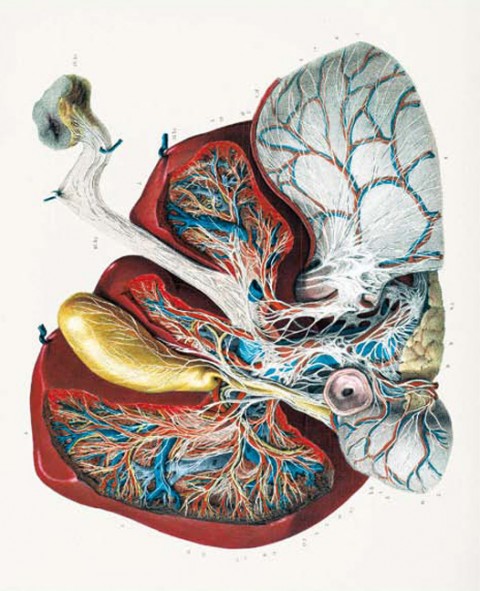
En el evento genial que estuvimos invitados a participar BarraDiagonal unos días atrás, MODIFI, pudimos conocer entre otros muchos proyectos interesantes, la iniciativa Dreams of Art Spaces Collected. Desde la página de Dorothee Albrecht (una de las componentes del proyecto), una pequeña reseña:
Dreams of Art Spaces Collected investigates visions and experiences in exhibiting and mediating contemporary art starting with Europe, China and Australia, collecting various perspectives from artists, non profit project spaces and artist run initiatives. The research is based on extensive video interviews with practitioners, artists, art curators and theorists. It’s an open collection of video interviews, but also of images, publications and links.
(...)
Un poco más desde la página del propio proyecto:
DREAMS OF ART SPACES COLLECTED emerged as an artistic research project by the artists Dorothee Albrecht, Alf Löhr, Andreas Schmid and Moira Zoitl for the Internationale Gesellschaft der Bildenden Künste (IGBK), Berlin in 2007.
Their decision to focus on a collection of video-interviews naturally led towards an extension of already existing networks and experiences, starting from Australia, as Alf Löhr was based in Melbourne at that time, starting from China, as Andreas Schmid has been concerned with Chinese contemporary art since he studied in Hangzhou during the mid-80s, and starting from Europe, but more from the margins of Europe, along the interests of Moira Zoitl and Dorothee Albrecht. This parallel beginning seems very important in highlighting the networking character of the collection starting from different nodal points around the globe. It is conceived as a setout open to affiliation with other networks; an opportunity for the emergence of new networks between artists in different parts of the world.
Investigating visions and experiences in exhibiting and mediating contemporary art, the artists collected various perspectives of artists, curators and theorists with the emphasis on non-profit project spaces and artist run initiatives.
To initiate a conversation we used the following questions:
Seguir leyendo.
Para ver las entrevistas, aquí.




